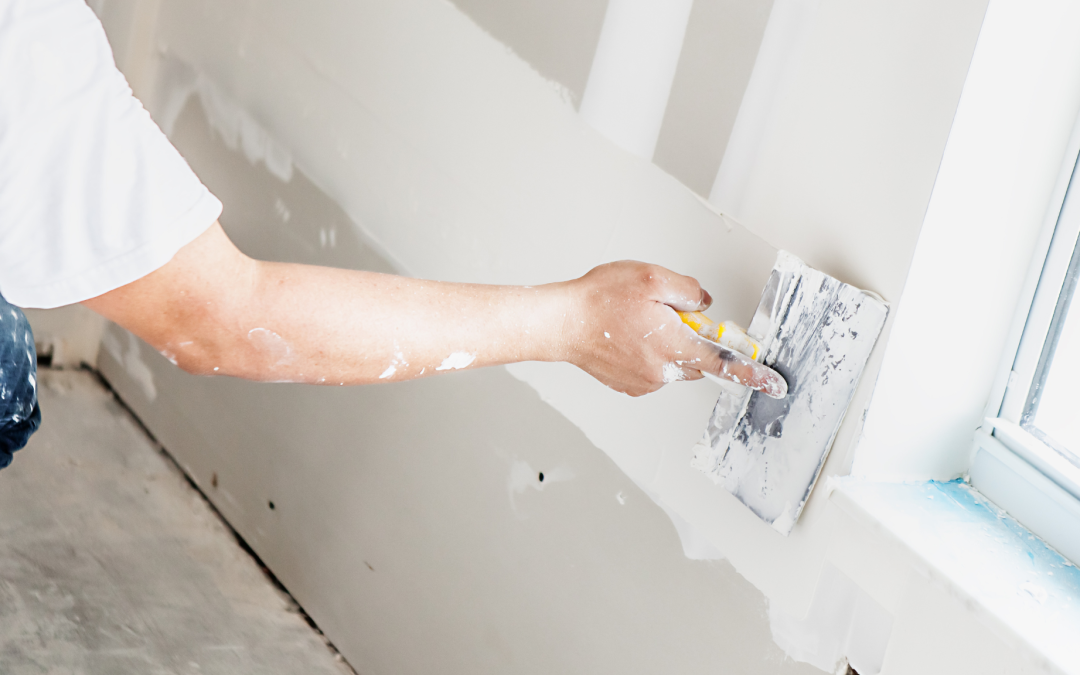Drywall is one of the most common materials used in modern homes, providing smooth and durable walls. But life happens—whether it’s a doorknob dent, nail hole, or a bigger gash, drywall damage is inevitable. The good news? You don’t need to be a professional contractor to fix it. With a few tools, some patience, and the right steps, you can restore your walls and make them look like new.
This guide walks you through how to patch drywall at home, saving you time, money, and the hassle of calling in a pro.
Materials You’ll Need
-
Drywall patch kit or drywall compound
-
Drywall joint tape
-
Sandpaper (medium and fine grit)
-
Utility knife
-
Putty knife
-
Paint primer
-
Matching wall paint
Step 1: Prepare the Damaged Area
Start by clearing away loose drywall pieces and debris around the hole or dent. Use a utility knife to clean the edges so you have a smooth, even surface to work with. Clean edges help the compound adhere better and create a seamless finish.
Step 2: Reinforce with Joint Tape (For Larger Holes)
For holes larger than a nail or small dent, use drywall joint tape. Cut a piece slightly bigger than the hole and place it over the damaged area. This reinforcement keeps the patch stable and prevents future cracking.
Step 3: Apply the Joint Compound
Spread a thin, even layer of joint compound over the tape (or directly over small holes). Feather the edges with your putty knife so the patch blends smoothly with the surrounding wall. Let it dry completely following the product instructions.
Step 4: Sand the Surface Smooth
Once dry, use medium-grit sandpaper to smooth out uneven spots. Then switch to fine-grit sandpaper for a flawless finish. Be gentle—over-sanding can damage the surrounding drywall.
Step 5: Add Extra Layers (If Needed)
For deeper holes, you may need two or three coats of compound. Apply each layer thinly, let it dry, and sand lightly before adding the next. Continue until the patched area is flush with the rest of the wall.
Step 6: Prime and Paint
Finish by applying a coat of primer to the repaired section. Primer ensures your paint adheres evenly and hides the repair. Once dry, paint over the patch with your wall color for a seamless blend.
Final Thoughts
Patching drywall may seem intimidating, but it’s a simple DIY project once you know the steps. By preparing the area, applying compound correctly, sanding carefully, and finishing with primer and paint, you can repair almost any drywall damage yourself.
Take your time, work in layers, and before you know it, you’ll have walls that look like nothing ever happened.
AWP Home Inspections offers professional commercial inspection services in West Central and Central Indiana. Contact us to request an appointment.

